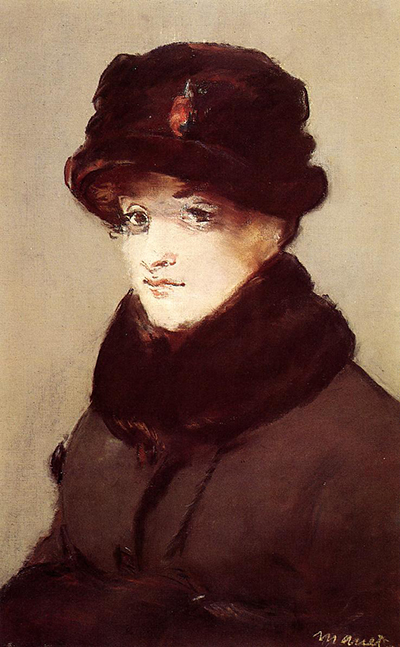Édouard Manet (1832 - 1883) was a renowned French painter who broke new ground in transitioning between Realism and Impressionism in art history.
He was greatly influenced by contemporary French philosophy and writing, drawing in particular from Charles Baudelaire and the flâneur (stroller) who observed Parisian social street life. Manet was brought up in an affluent upper-class family, but he took a more radical step by abandoning his father's profession of choice, law, and instead following a bohemian lifestyle as a painter. Manet's work has gone down as some of the greatest depictions of urban Parisian life in history, causing scandal at the time for his frank depiction of the social world—particularly of women—and his disregard for the conventions of traditional painting in which he was trained. Among Manet's achievements was the modernising of the Paris Salon scene by mixing tradition (Realist) with the new (Impressionist).
What is more, he popularised the alla prima approach to painting, where the hue or colour tone is applied directly to the canvas at the beginning rather than being built up through layers. The approach influenced the Impressionists because it allowed for the capturing of transitory effects of light. Manet's Woman in Furs is a pastel portrait of Méry Laurent completed in 1882 and now held in a private collection. Laurent was something of a muse for Manet, elsewhere serving as a model for Manet's In the Tub, Méry Laurent accoudée, A Bar at the Folies-Bergère and Autumn. Laurent was a former chorus girl at the Théâtre du Châtelet who had been admired by many in European high society, including Prince Klemens of Metternich, a German noble house in the Rhineland.
Manet met Laurent in 1876; it is assumed that she became Manet's mistress (although there is little historical record) among a string of other affairs she is linked to. Manet's portrait details the refinement of Laurent's dress with a combination of tonal pastel smudging and a refined—yet juxtaposing—palette used to differentiate between her skin and coat. Among Manet's critical admirers was the writer Antonin Proust, who commissioned him to paint four female portraits—one for each season—from which Laurent was the model for Autumn. Autumn, as with Woman in Furs, was created at the peak of Manet's later career, securing his renown across Europe by bridging traditional and avant-garde artistic movements. Today, Woman in Furs is remembered as one of Manet's many portraits of the Parisian social world.




